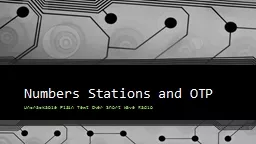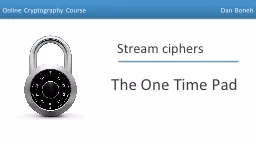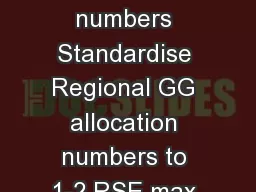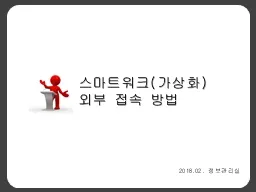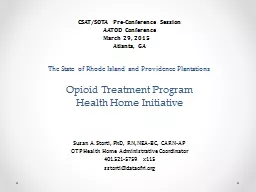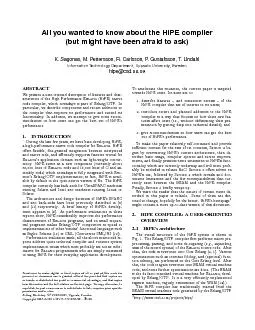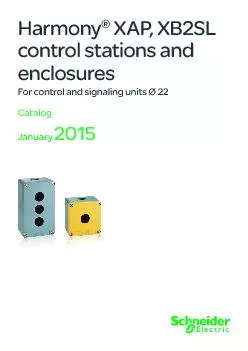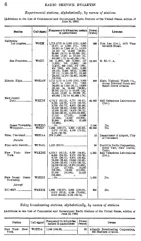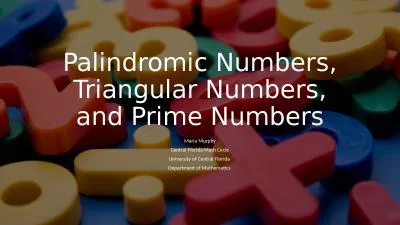PPT-Numbers Stations and OTP
Author : lois-ondreau | Published Date : 2017-01-23
Uncrackable Plain Text Over Short Wave Radio What this IS Presentation on Numbers Stations How one time pads are used for secure oneway communications Brief exercise
Presentation Embed Code
Download Presentation
Download Presentation The PPT/PDF document "Numbers Stations and OTP" is the property of its rightful owner. Permission is granted to download and print the materials on this website for personal, non-commercial use only, and to display it on your personal computer provided you do not modify the materials and that you retain all copyright notices contained in the materials. By downloading content from our website, you accept the terms of this agreement.
Numbers Stations and OTP: Transcript
Download Rules Of Document
"Numbers Stations and OTP"The content belongs to its owner. You may download and print it for personal use, without modification, and keep all copyright notices. By downloading, you agree to these terms.
Related Documents

